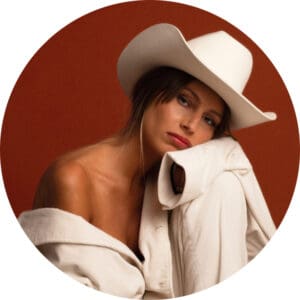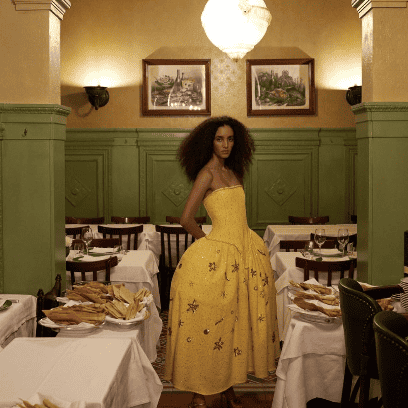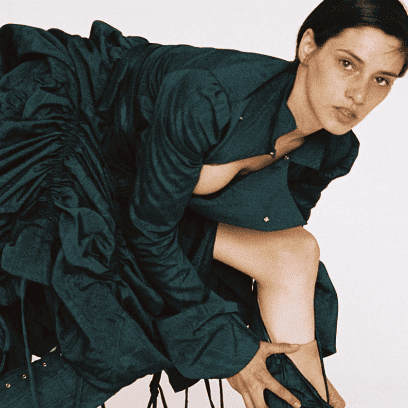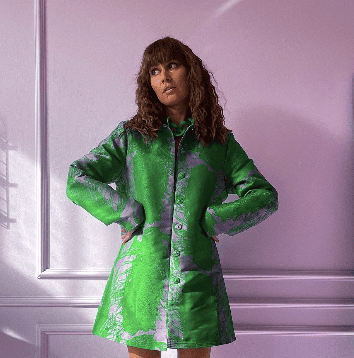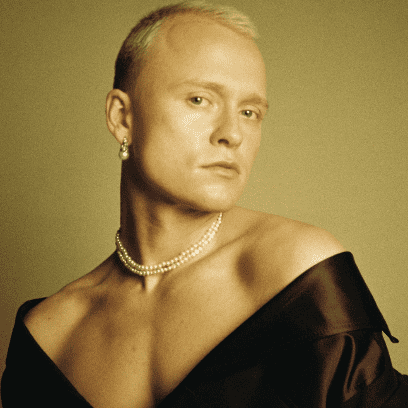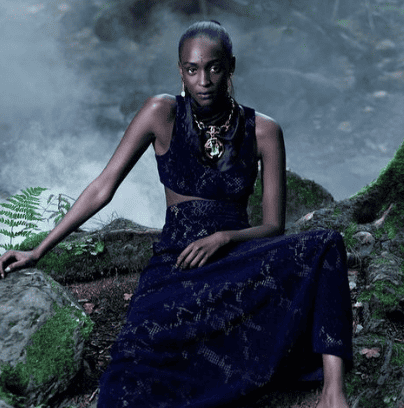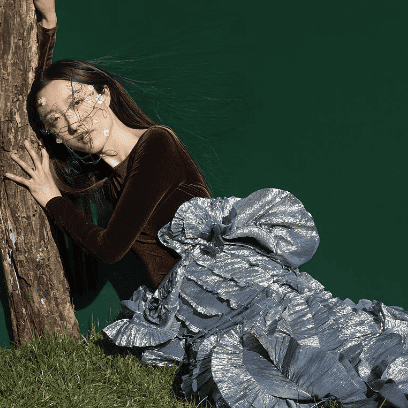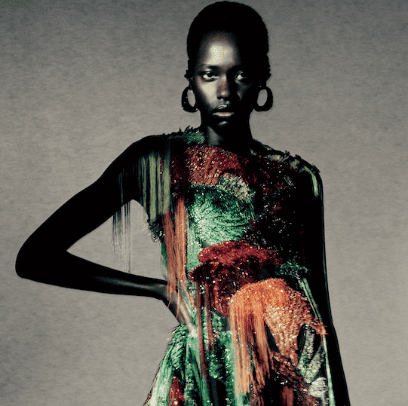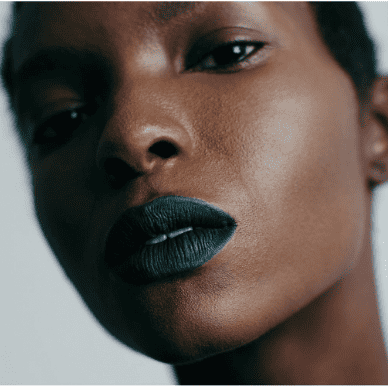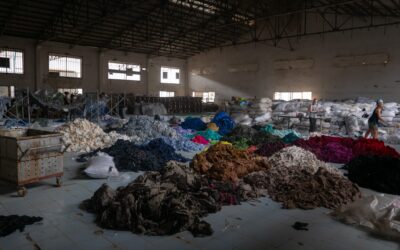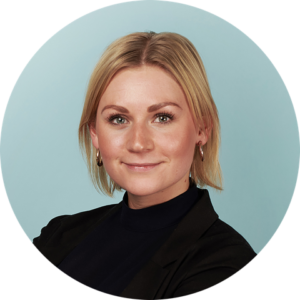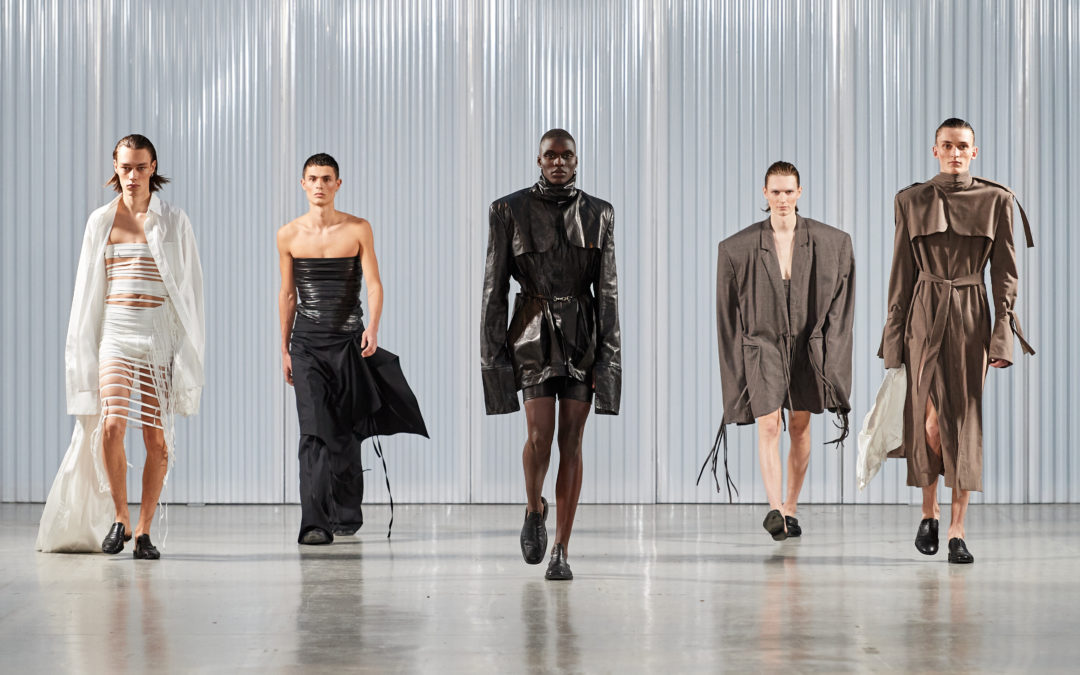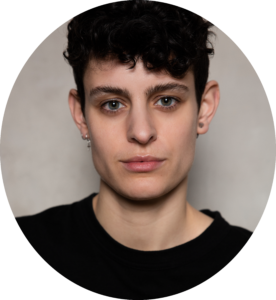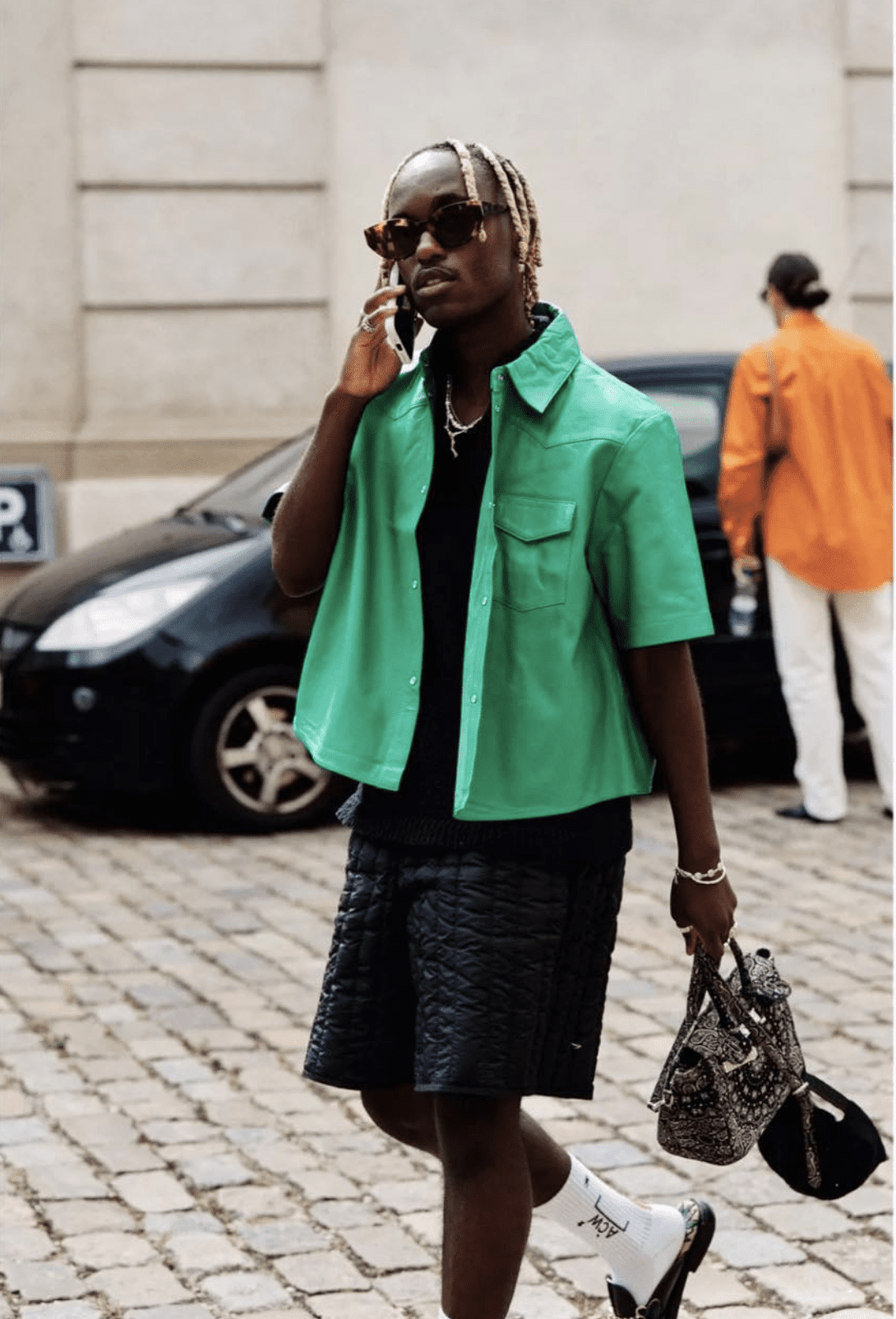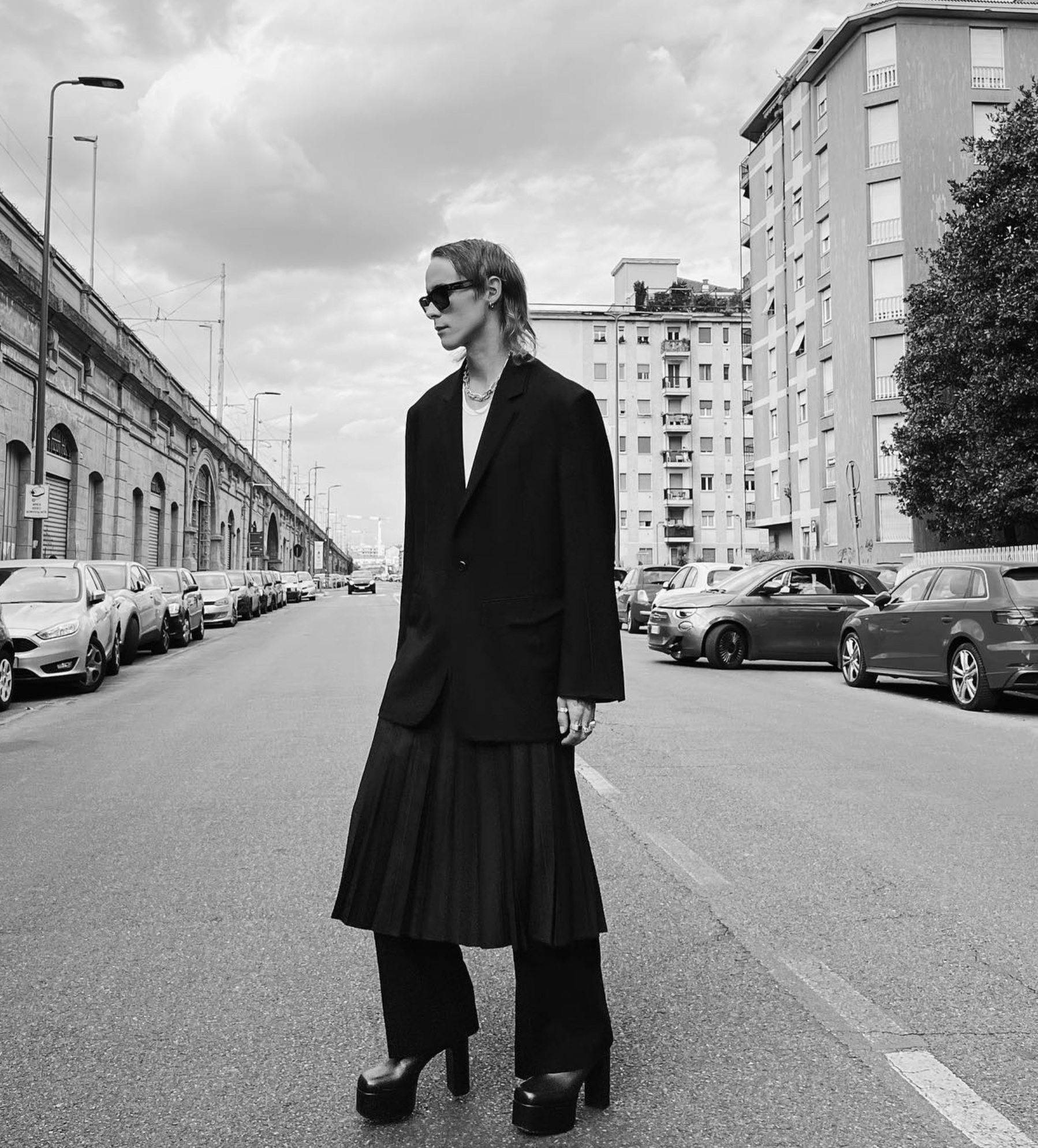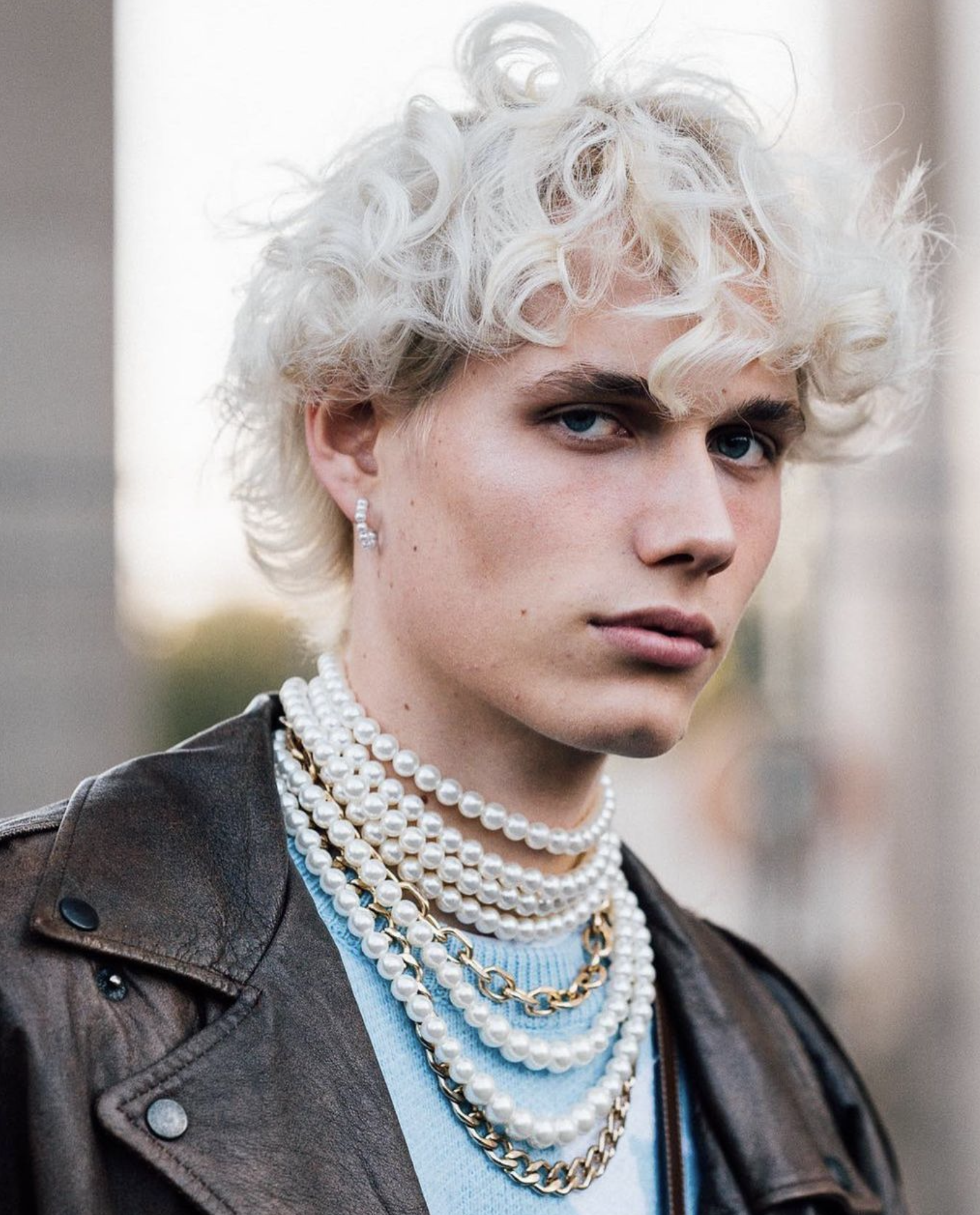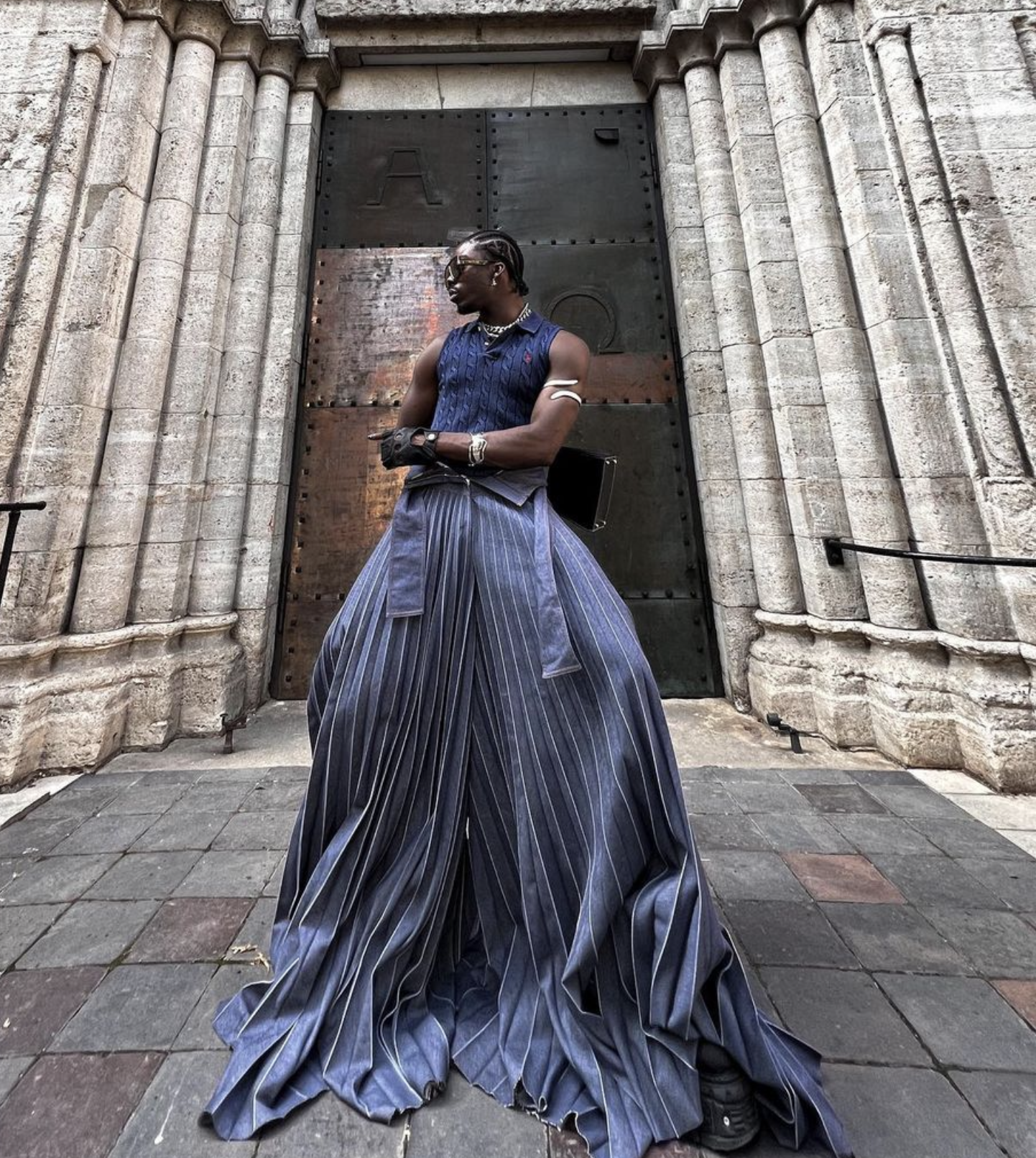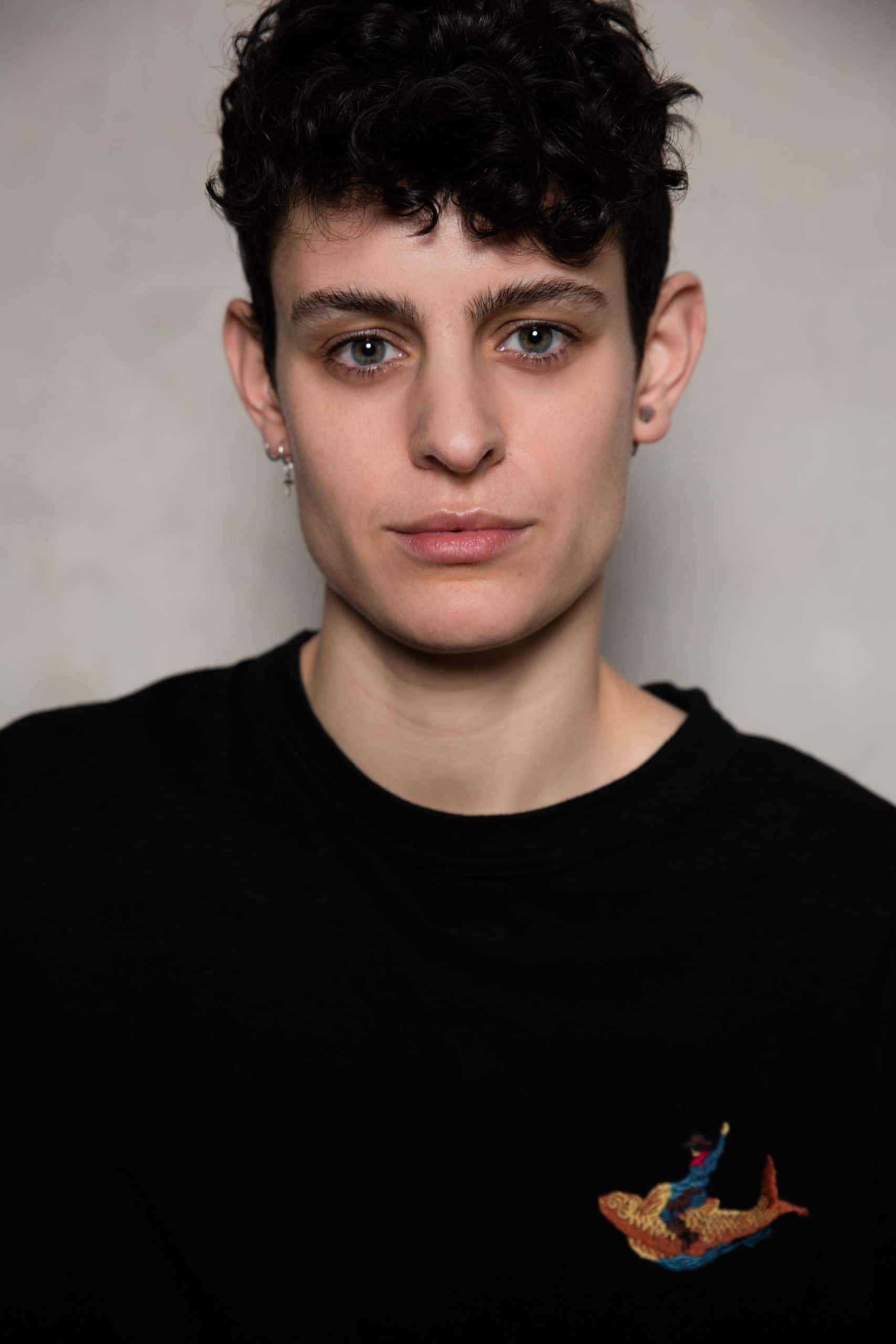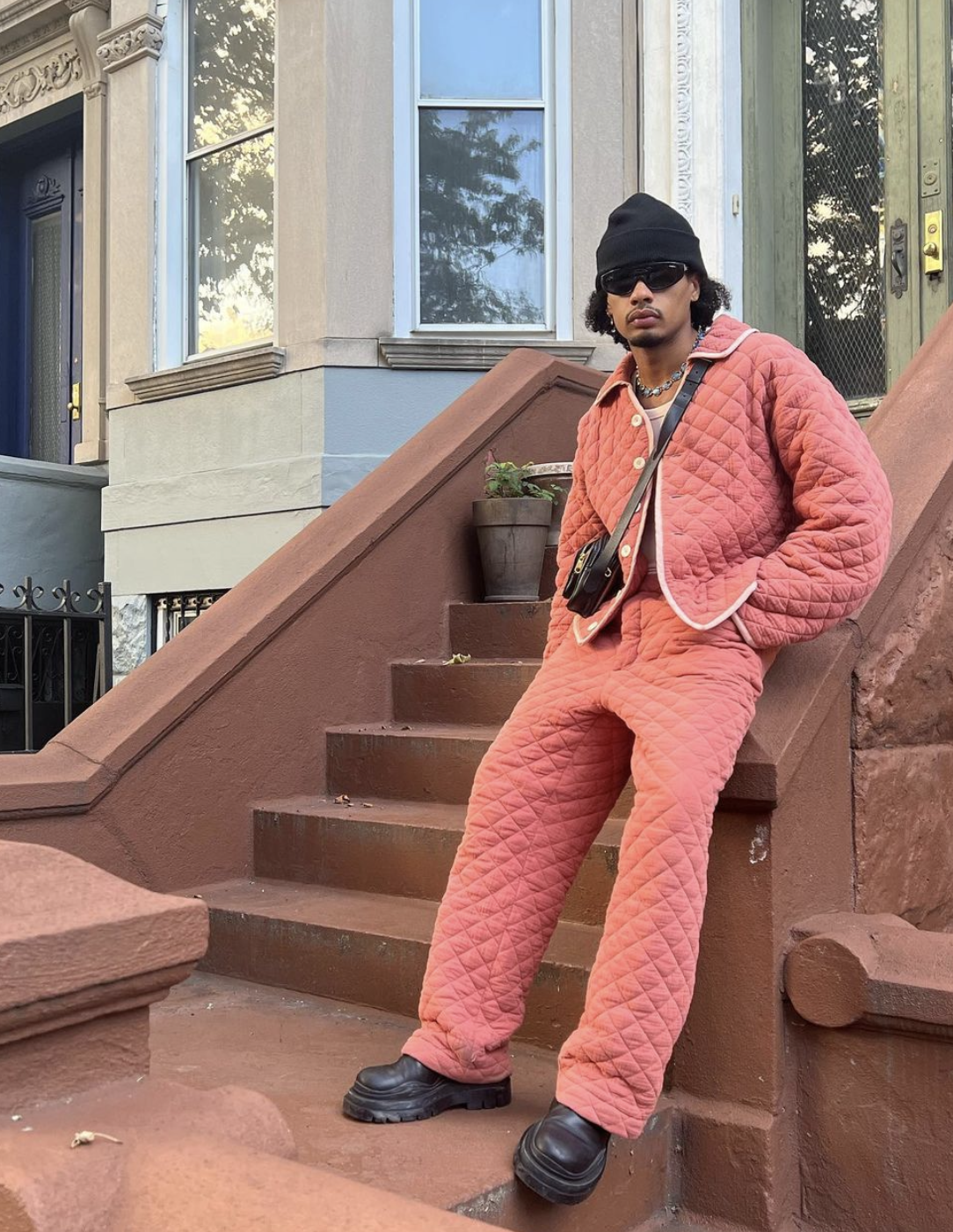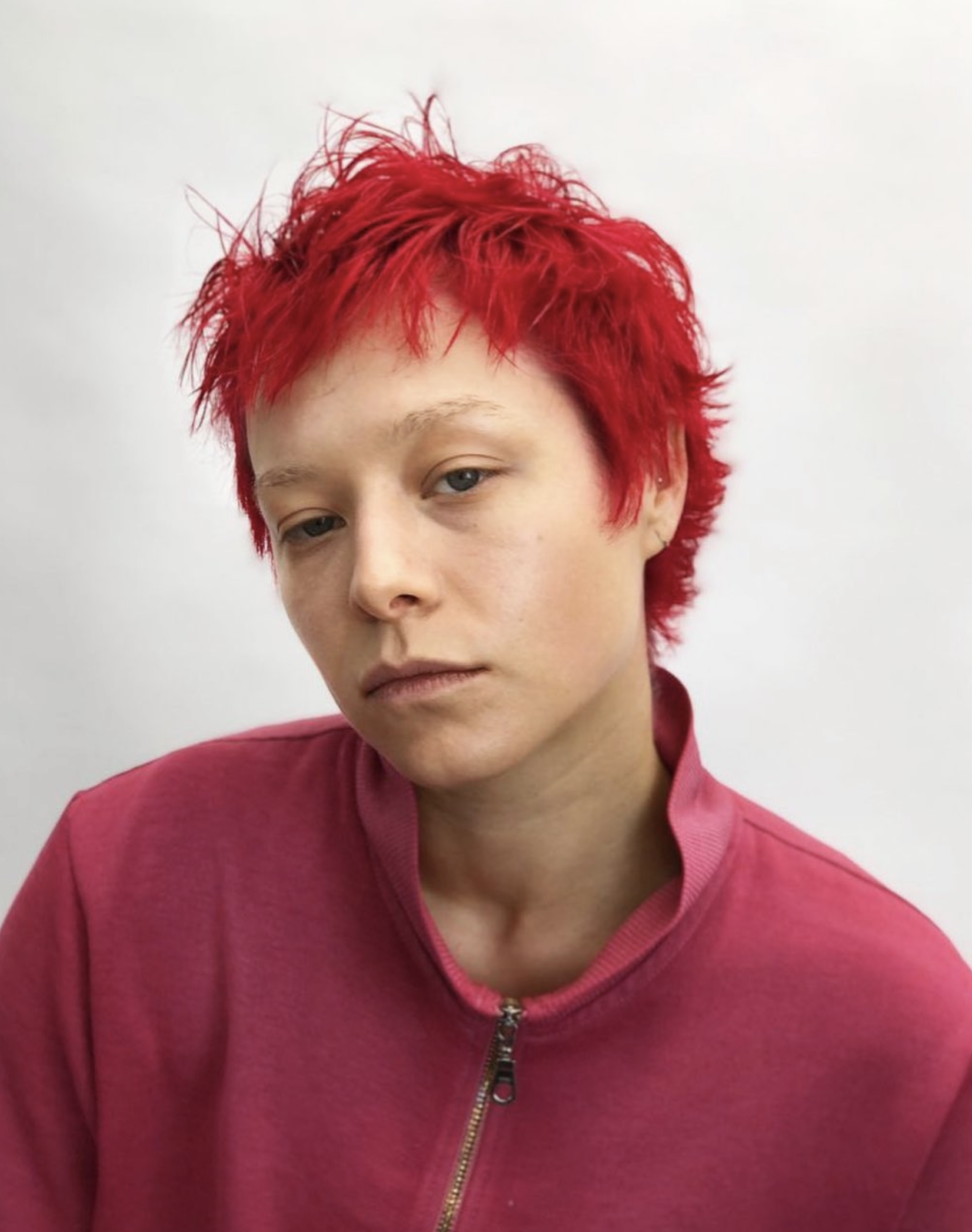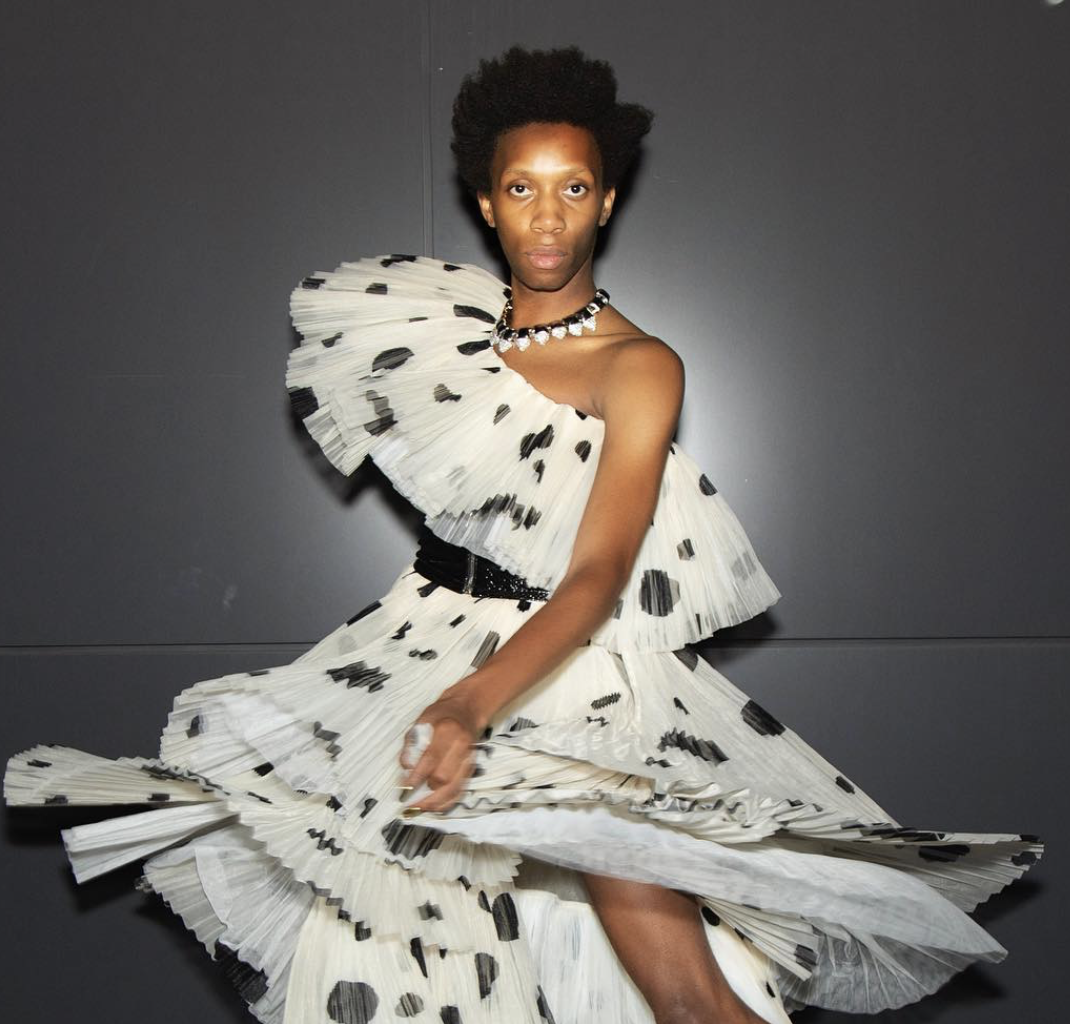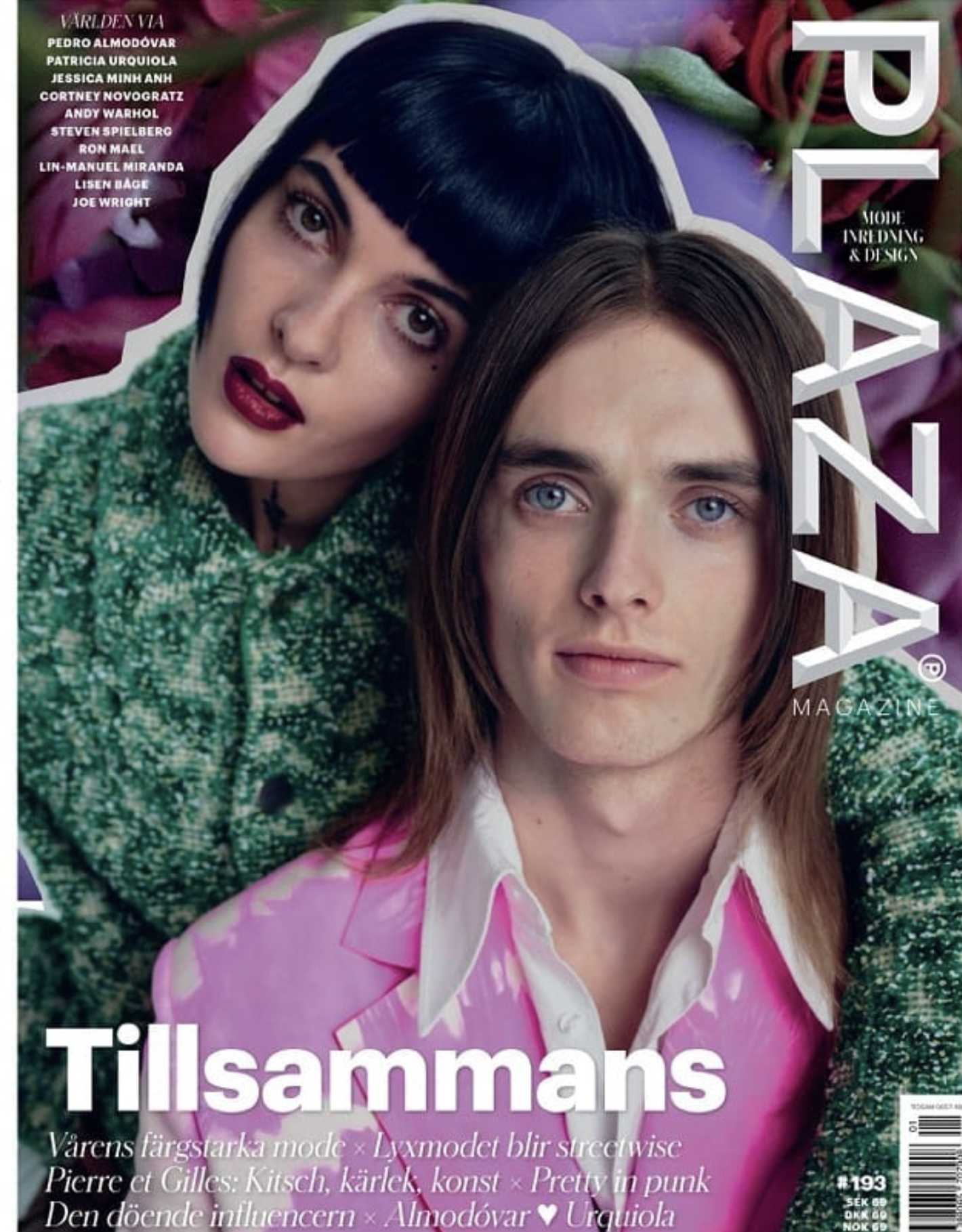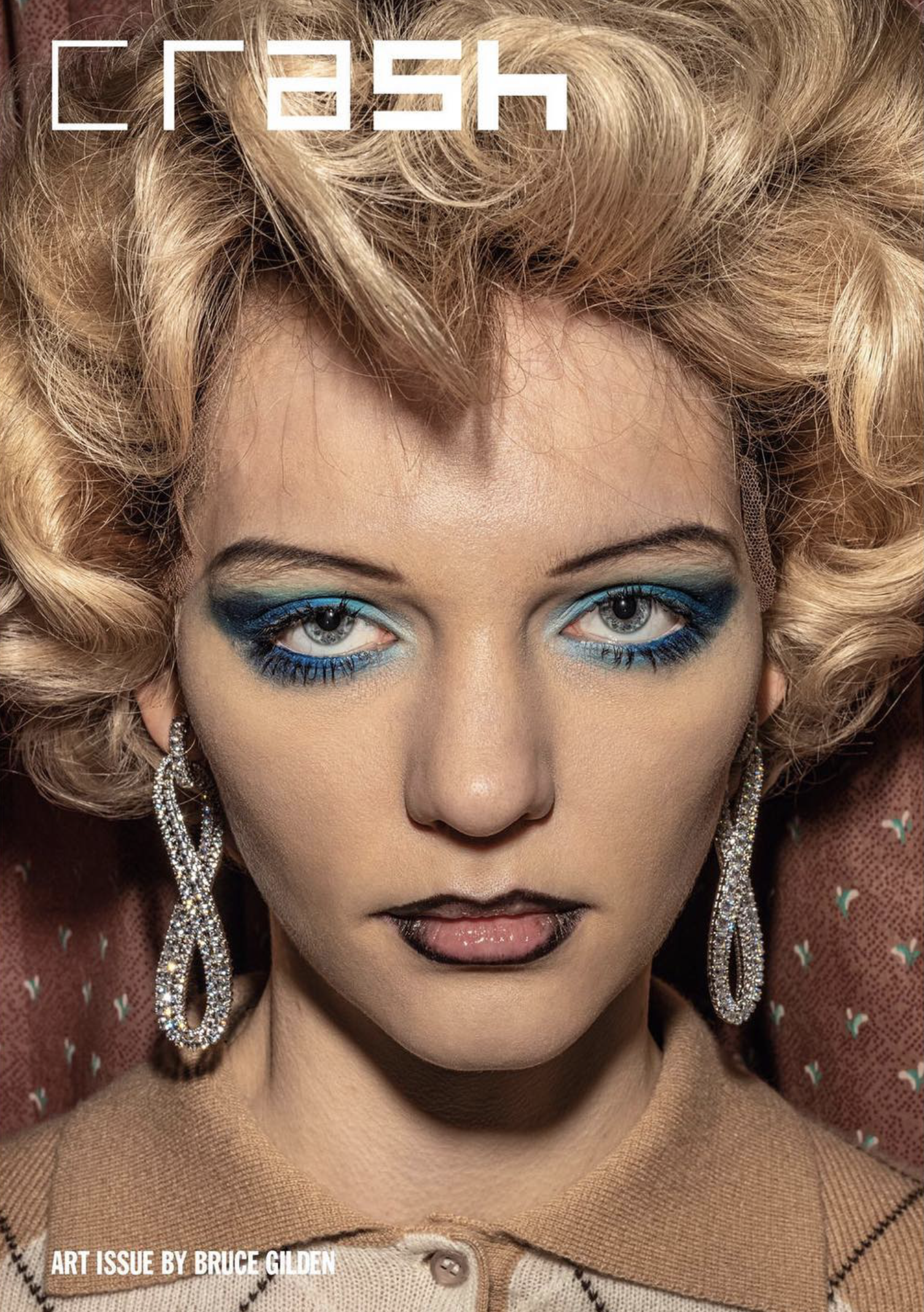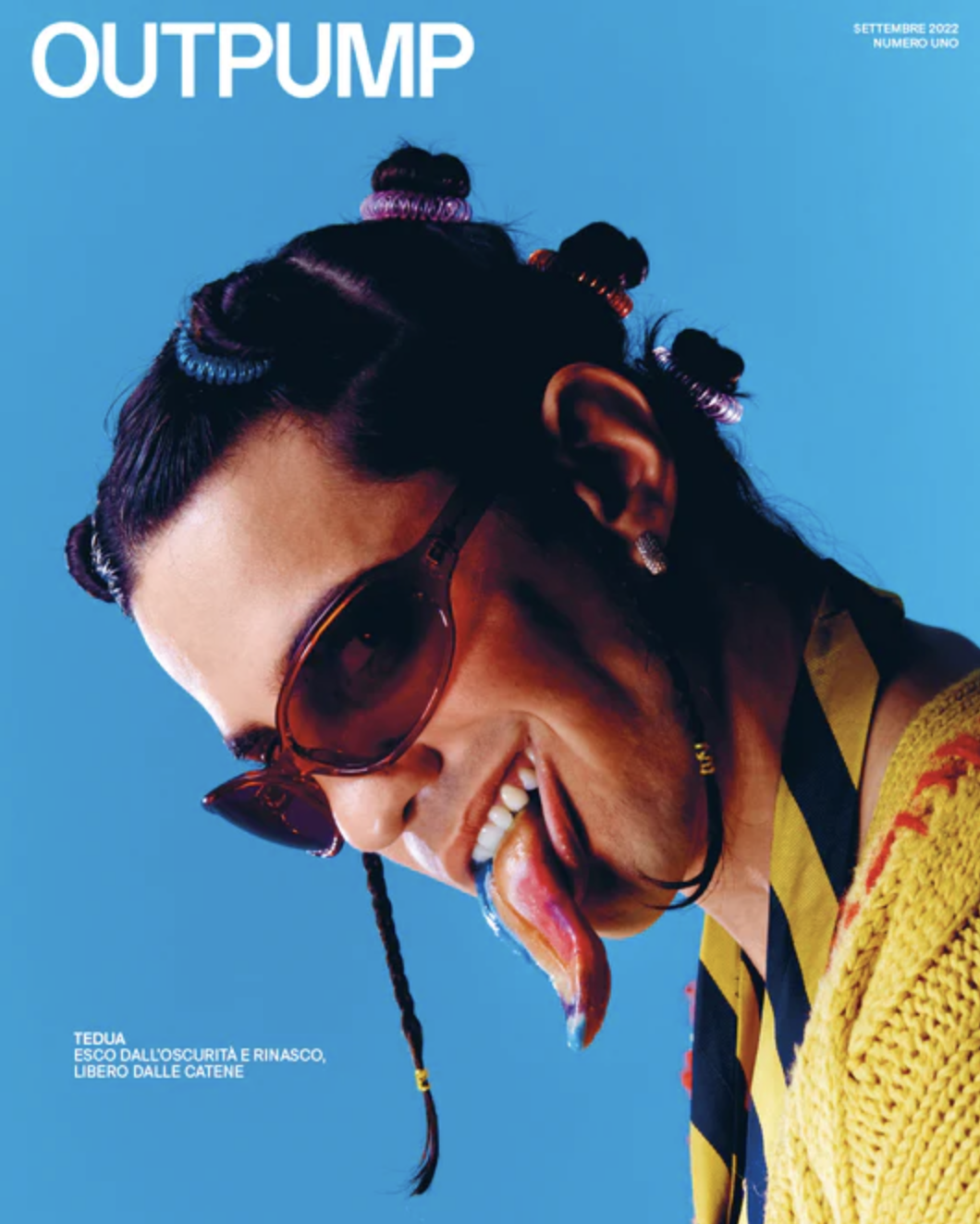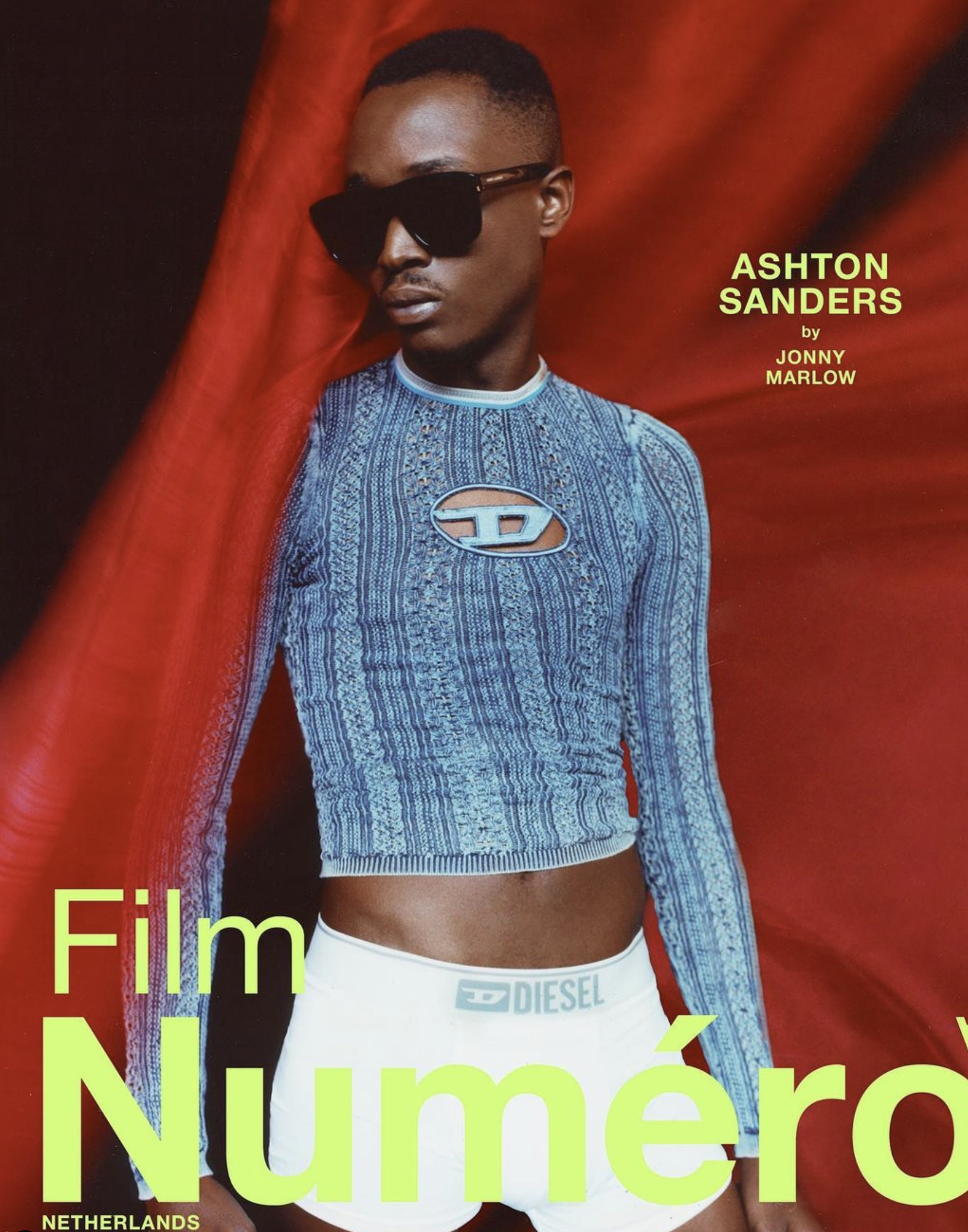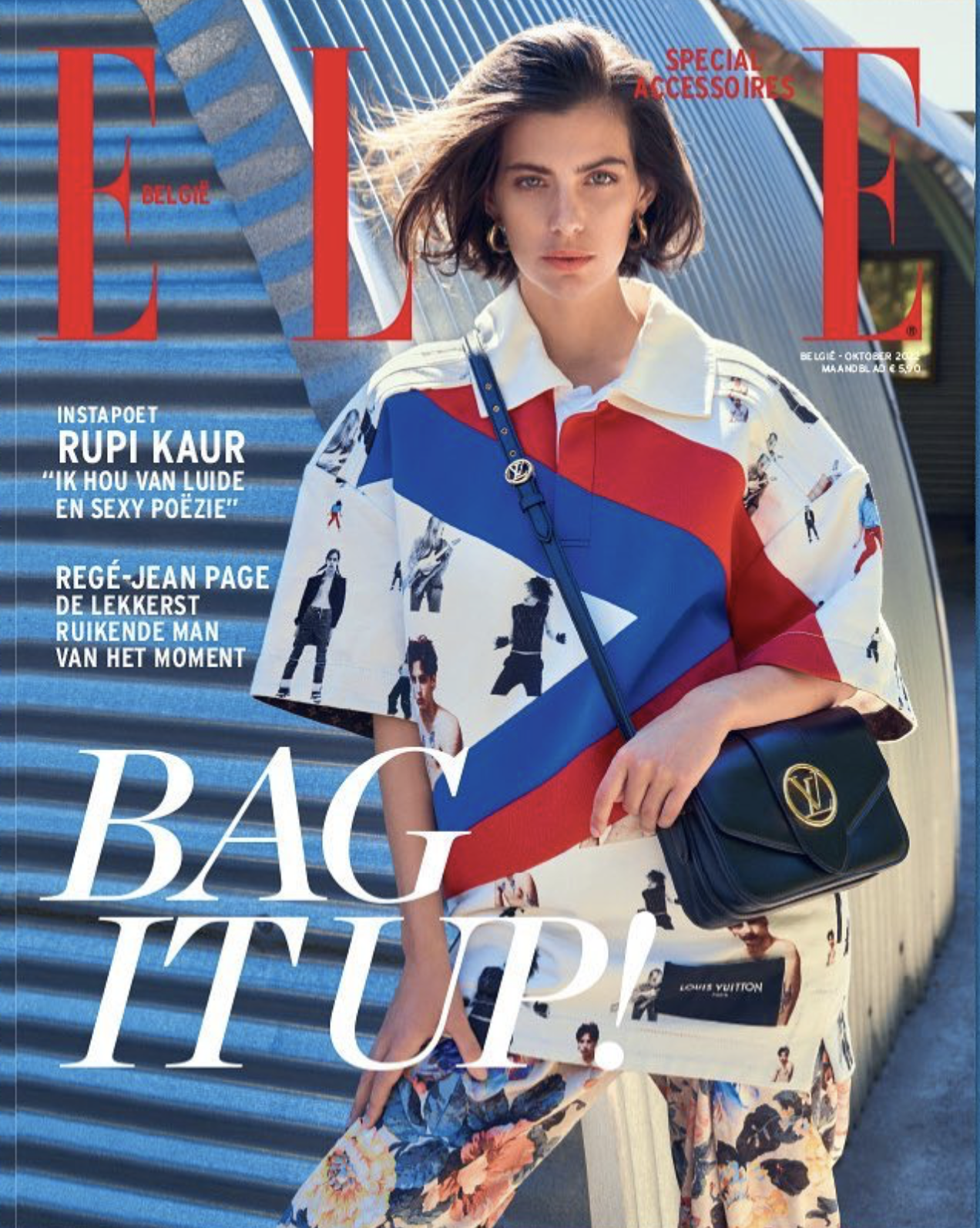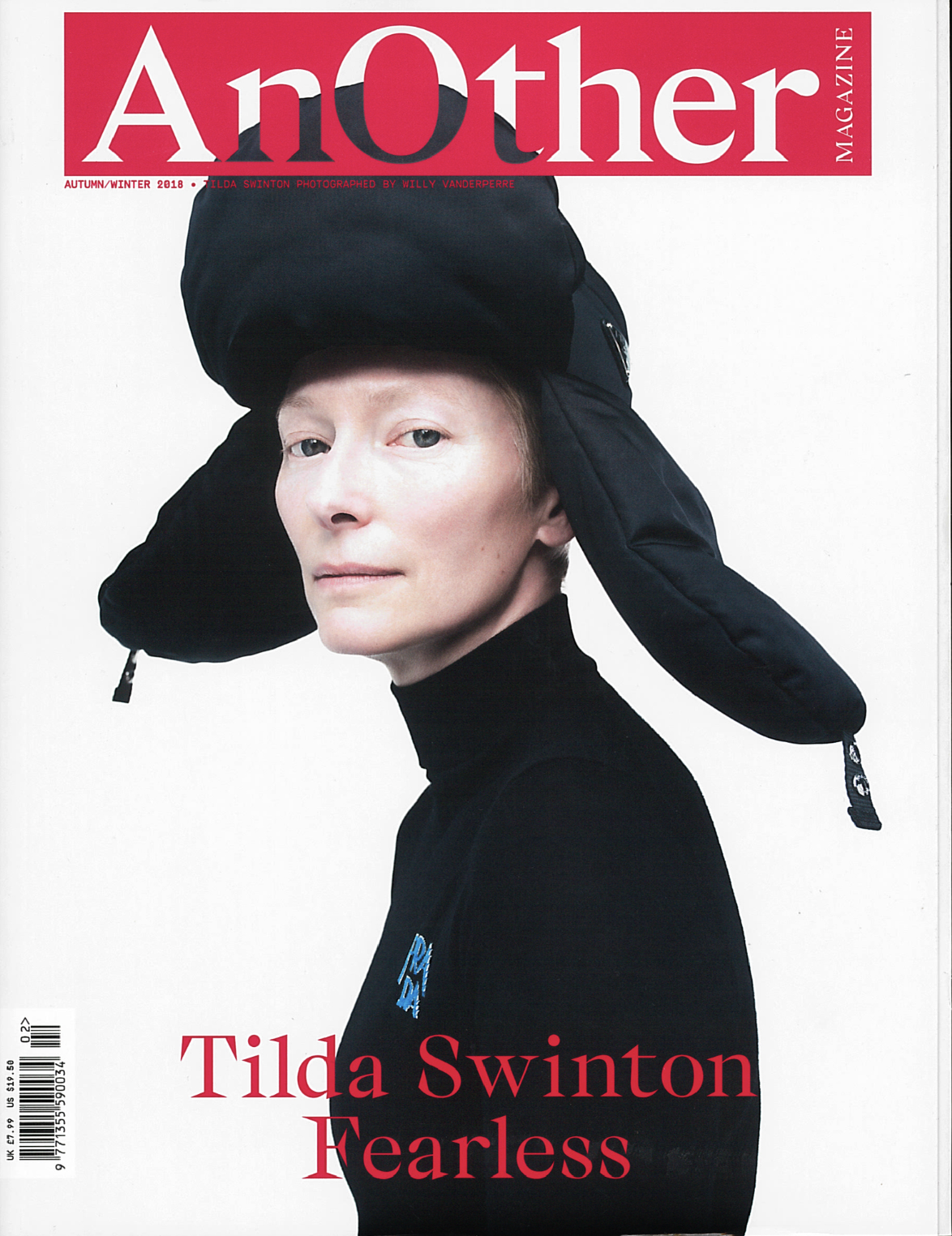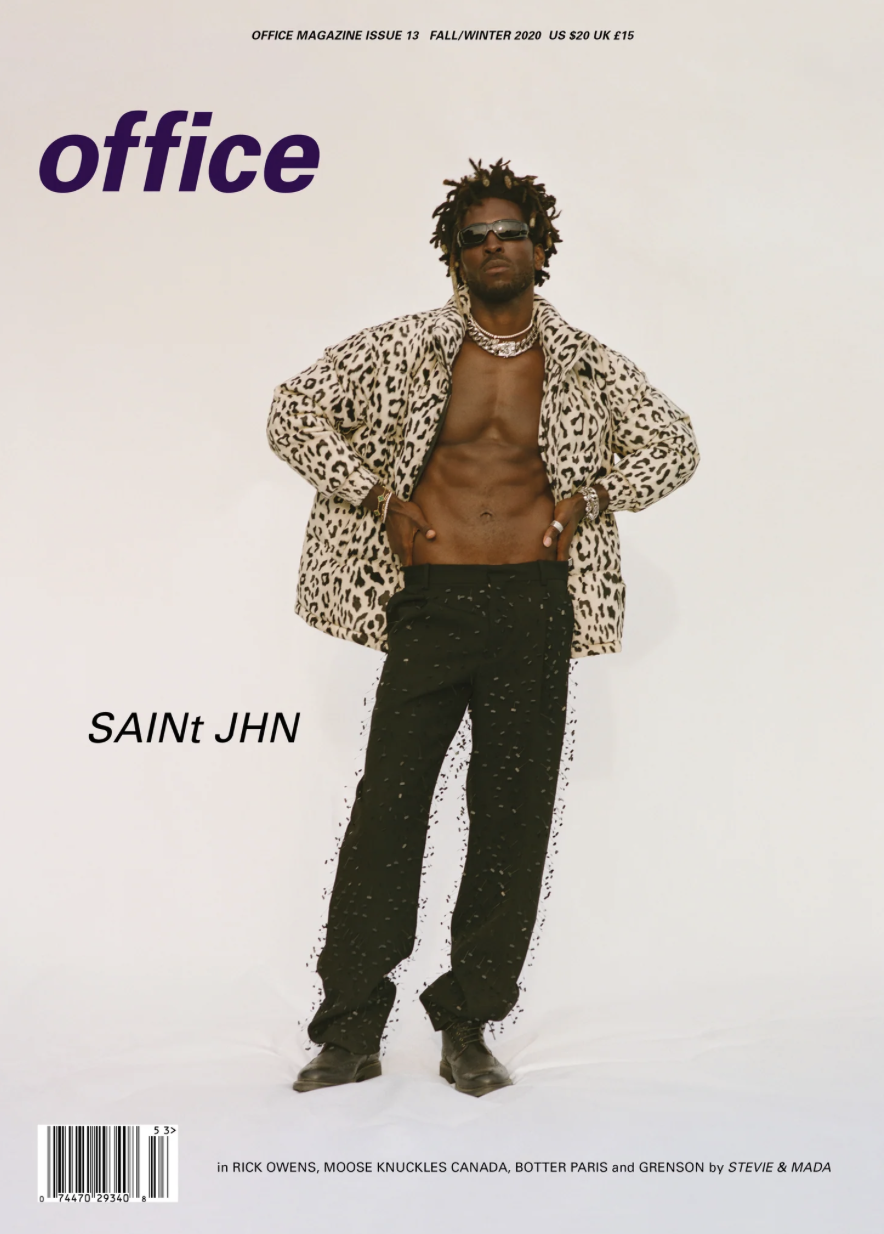In recent years, our society has given increased attention to the changing dynamics of the cultural and social and factors that shape individual and community life. From changing attitudes about gender, diversity, and the environment, alongside the influence of Gen Z,...
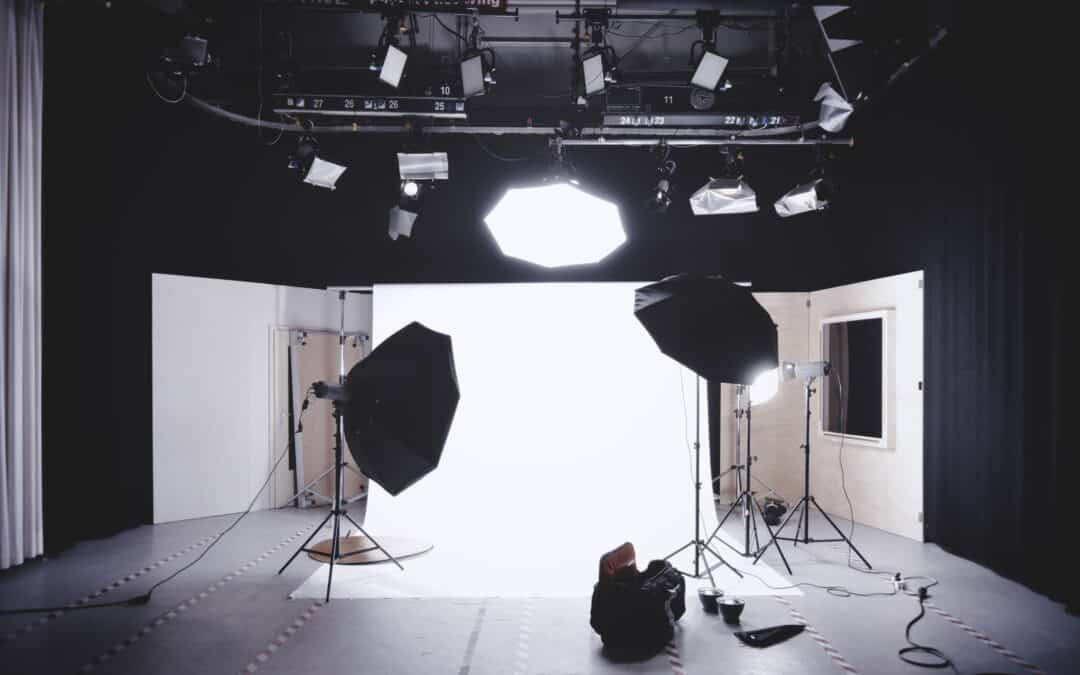
The world of photography: how can brands best work with game changing photographers?
The world of photography: how can brands best work with game changing photographers?
Photography is so much more than taking pictures. Whether it’s capturing fashion, telling the story of a particular event, or challenging societal norms and beauty standards, photography can evoke emotions and bring people closer together through shared experiences. Traditionally, fashion photographs could be compared to the still, perfect scenes of a Renaissance painting. Now the story has changed. Fashion photography rather reflects something closer to reality, it has to tell a story. And it is through the representation of this reality that the customer sees himself increasingly aligned with a brand’s values. The role of photography has changed over time, and it is now essential for brands in representing their position as social advocates.
VOCAST has spoken to Celine Van Heel, a Spanish/ Dutch Photographer, who gave us some insights into how brands can best work with photographers to position themselves in a changing market
Meet Celine
Celine van Heel is a Spanish/ Dutch photographer. She discovered photography thanks to her 91-year-old grandfather and created an Instagram account for him @thespanishking_. It was her grandfather, who has been her first model and first muse. Celine has worked with clients such as Zara, Kappa, L’Officiel, and Architectural Digest, among many others. Recently, she directed my first short film called “The Spanish King”, starring major Spanish artists, a pure celebration of love in all its forms!
Reference contact: anais.penet@thewavesagency.com from the Waves agency Paris
How has photography changed over time?
In the past, the most successful fashion photographers were able to best capture and represent the soul of the years in which they lived. These masters of photography have been capable to create new worlds with a distinctive style, turning fashion into a true mirror of the times.
In the 21st century, the widespread use of smartphones and social media has democratized fashion photography, giving people the opportunity to see many different styles of photography.
As Celine tells us, “You discover so many, random, amazing, touching images, every day, all day. This gives a voice to so many new photographers in the world, to be seen and tell their own stories”. Brands and fashion photographers have had to adapt to this new reality, producing images that are more relatable, authentic, and socially conscious.
Why do socially and culturally aware images matter for brands?
Fashion photography today often reflects current society, addressing issues such as body positivity, diversity, gender, and social justice. It has become an important tool for cultural commentary and critique.
Consumers are beginning to demand a call to action from brands, asking them to take a stand in fighting for, and promoting, the social causes that punctuate our everyday lives. Photography becomes essential in this process; the visual representation of feelings and images easily sticks in people’s minds. It’s not just about increasing profit but is more about communicating a message, letting consumers know what the company stands for, and making them feel more aligned with these values.
Alessia Glaviano, Vogue’s Senior Photo Editor, states the following about this:
“ High-level fashion photography is a language that goes beyond the mere representation of clothes because it speaks about society, and culture and reaches such a wide audience that it can often provoke changes in people’s outlooks, and opinions and can, therefore, succeed in breaking down prejudices ”.
She continues saying: “We can see this happening: it is a revolution that started in social media and has spread to more institutional media. This has happened, for example, with the more inclusive concept of beauty. I am convinced that fashion photography can help positive change if done in a certain way”
Celine tells us that “brands and fashion photographers have already started to adapt to this new reality, producing images that are more relatable, authentic, and socially conscious, nevertheless, boundaries still need to be pushed to normalize things”. She continues saying “it is a very long process, but the important thing is that we have all opened our eyes and are trying to change to be more diverse, inclusive, and respectful”.
What are the benefits of having diverse photography contacts?
Brand photography makes your brand more relatable and human. Living in an extremely competitive environment, a brand needs to differentiate itself and, create through storytelling, a relationship of trust with the customer. Brands need to promote trust with truth-telling photos.
Therefore, a new perspective is necessary to tell these stories, Celine mentions, “we are already making steps in being more open, and raw, to show reality as it purely is. However, I think there is still a lot of work to do. Regardless of the photographer’s experience, brands should be more open to trusting the photographer’s point of view and the story they want to tell, which is the key point in providing a unique and creative perspective on the brand’s products, helping to make them stand out from the competition”.
She continues by saying, “Sometimes it is not about the name and reputation of someone, but it is about the story we want to tell, no matter if you are experienced or not. No matter if you have a name or not. You can be a photographer from a village in the middle of America and have an amazing story to tell, never seen before… I would like to see a wider range of people that capture a brand’s story differently.”
International photographers across markets
Take a look at some of the world-renowned international photographers in VOCAST’s curated press lists:
Sources: Colombia College Chicago: Social Justice & Photography.Time: Why we do it: Photographers and Photo Editors on the Passion that Drives their Work Feature Shoot: Fashioning A New Visual Language at the Photo Vogue Festival Reference contact: anais.penet@thewavesagency.com from the Waves agency Paris
Alessia is the Italian Market Researcher at VOCAST, responsible for Italian Fashion and Lifestyle research. Along with her work at VOCAST, she studies Strategic Design, offered by Copenhagen Business School in collaboration with the Danish Royal Academy of Fine Arts. When not working or studying she is passionate about travel, yoga, reading, art, and food.
SIGN UP TO OUR NEWSLETTER
Get free knowledge on how to optimize your B2B marketing & new product releases.
RELATED POSTS
Social Influencers: A Guide to Authentic Brand Partnerships
Austria & Switzerland: How to conquer the lifestyle market
"Grüzei and Servus from Switzerland and Austria!": two different countries, so similar and yet so different in culture and design. From a strong sense of regional identity to a deep appreciation for tradition, nature, and qualitative designs, the Austrian and Swiss...
Sustainable Fashion Through a Circular Lens
Although the world of fashion and its glamorous facade may seem intriguing to many, its less elegant backside shows that over 500 million tons of textiles end up in landfills every year. With ‘overconsumption’, ‘ultra-fast fashion’, and ‘disposable culture’ as new...
